This volume speaks about the quest for the idea and image of a Universal Being which can be all things to all beings. It moves afar, looking for parallels, precedents and progenies, in Asia and the world, of the unique, hydra-limbed, massive 5th century ad Rudra Siva image found at Tala in Chattisgarh in India in 1987. It explores the immense vitality of its presence, simultaneity, ambiguity and profundity of its denotative and connotative meaning.
Based on excavations, explorations, conservation and restoration, led by the author, the volume separates chaff from grain by a penetrating historiographic investigation; conceptually reconstructs dismembered monuments and sites on archaeological evidence; digs deep into epigraphic, philosophical, religious, botanical and artistic texts to recover the polyvalent script of the art; substantiates this script ethnoarchaeologically by retrieving, from oral evidence and ritual practices, corollary tribal imagery and monastic rites; rebuilds the composite stylistic movement in architecture and sculpture, in a rigorous, comparative analysis of the spatial temporal context of unities and variations; and, opens up new vistas in Indian Art History, by using cross-disciplinary methods, and, effecting a fine-tuned fusion of Indian and Western interpretative horizons.
The volume provides, in 687 illustrations and maps, extensive notes and references, glossary and index, a close view of the large ground traversed by Dr. Chakravarty. It corrects the amnesia and aphasia, loss of memory and speech, about an eternal flux of being and becoming, of human and non-human communities, dramatically staged in the theatre of the universe. The author’s fascinating enterprise brings to light a new and neglected school of art in Daksina Kosala-Cakrakotya-Vidarbha-Kalinga region, created in the deepest and poorest recesses of hilly and forested tribal tracts of India. The daring innovation, experimental ardour, fervid curiosity, pent-up energy and ardent humanism of the art remain an example for succeeding generations and explode the notion of its primitive, retrograde nature, nursed earlier.
Contents: Introduction. 1. Ancient geographical situation of Tala. 2. A brief political history of Daksina Kosala and Tala. 3. The archaeology of Tala. 4. Historiography for Tala and Daksina Kosala. 5. Architecture at Tala. 6. The style of Tala sculpture. 7. Iconography and iconology of Tala art. 8. On ethnography. 9. Origins and influence of Tala architecture. 10. Conclusion. Glossary. Bibliography. Index.

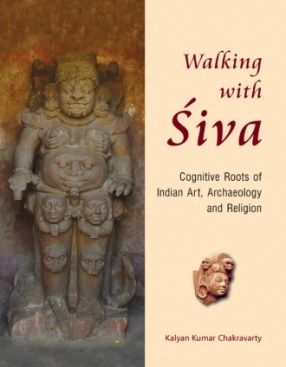
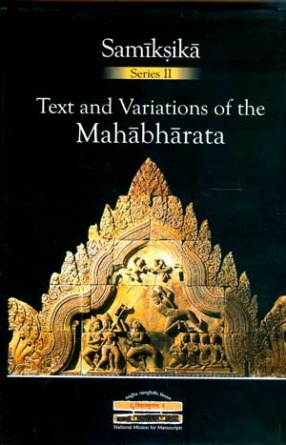
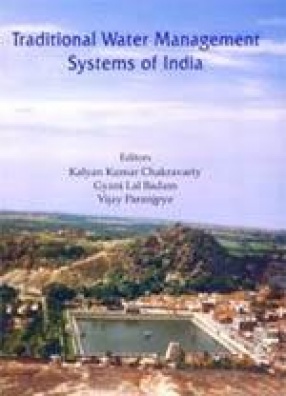
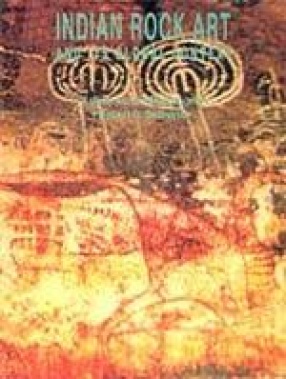

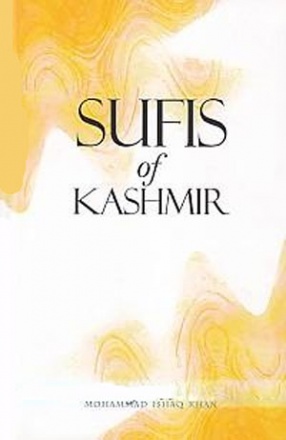
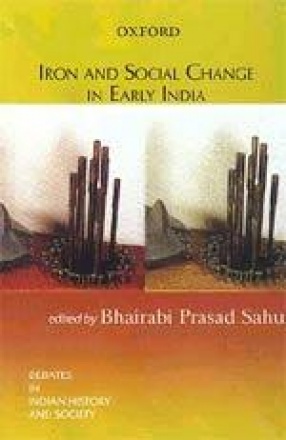
There are no reviews yet.